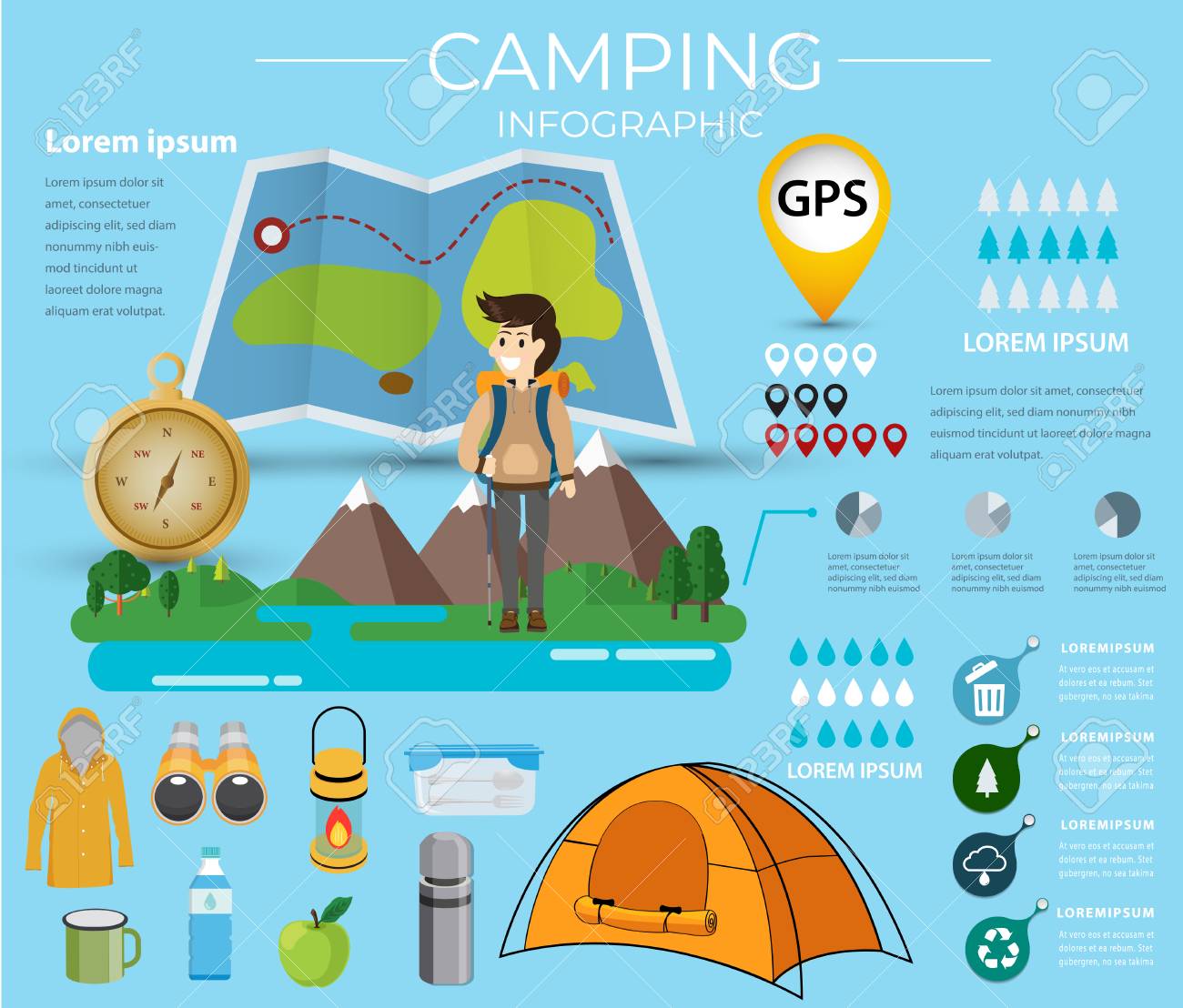Tapping Your Full Potential In Selling Camping Tents Online
Tapping Your Full Potential In Selling Camping Tents Online
Blog Article
Taking Pictures of the Evening Sky
A variety of factors can impact evening skies photography. From climate condition to upcoming celestial occasions, you'll want to prepare in advance to guarantee success.
What is the difference between canvas and nylon?
The shutter speed you select figures out whether stars look like specific pin-points or route across the photo. A good rule of thumb is to limit the exposure to 500 secs, or the matching of your lens's focal length.
Place
One of the most essential factors in an excellent photo is where you take it. Aim for places with marginal light air pollution, and prevent locations that have intense city lights and skyscrapers.
Additionally, look for an area that supplies foreground components to develop structures with. For example, dune patterns, wind-sculpted ridges and rough outcrops can all provide interesting foreground elements to assist inform the tale of your night skies photo.
It is additionally handy to study expensive occasions such as meteor showers and lunar eclipses to take advantage of opportunities for great images. Using a device such as the Professional photographer's Ephemeris can be exceptionally beneficial when preparing your shoots. It helps you to determine moon stages, Galaxy setting and various other huge events. Also, consider capturing in RAW layout rather than JPEG as this provides you a lot more versatility when processing the images. This is specifically real if you plan to publish your images.
Cam Settings
Obtaining the best cam setups is important for any photograph, however particularly so for night sky photos. A wide-angle lens is best for capturing more of the Milky Way and minimizing celebrity routes, along with a much longer shutter speed to stop the movement of stars and expose their details.
For a maximum degree of quality, shoot in RAW layout as opposed to JPEG, which enables you to maintain more data and gives flexibility throughout post-processing. This can additionally include in submit size, so make sure you have a lot of storage space and additional flash memory card available.
Establish your emphasis to manual focusing by turning the AF/MF switch on your lens into MF setting. You might need to take a couple of examination shots and check the picture playback on your cam's LCD display until you accomplish excellent, pinpoint hands-on emphasis. It's an excellent idea to do this during the day with your chosen lens and the place you will certainly be contending night, to confirm the precision of your emphasis setting.
Lighting
A good night sky picture calls for the right problems. This consists of a dark sky, however additionally an interesting foreground element such as a mountain imminent, a lake to show the celebrities, or a human component like a barn or shed. You can even use a headlamp to illuminate the foreground and add some dramatization or deepness to your image.
The most essential video camera setups for evening skies digital photography are the aperture and shutter rate. The wider the aperture, the more light that reaches the sensor. This enables you to catch brilliant celebrities in a reasonably short amount of time.
The shutter speed identifies whether your stars will be pin-point best or if they will certainly look like celebrity routes as a result of the Earth's rotation. Make sure to take several lengthy direct exposure shots and pile them in post-processing for the very best outcomes. Last but not least, shoot in RAW setting to offer on your own optimal latitude in post-processing.
Make-up
The key to attractive celebrity shots isn't a premium telescope, a brand-new wide-angle lens or a state-of-the-art Canon tent homes or Nikon electronic camera. It's strategy, preparation and make-up.
For beginners, hunt your shoot place in advance to get a feel for the layout and potential compositions. Consider incorporating foreground components such as rocks, a lake or alpenglow on the landscape to include personality and passion to your images.
Bear in mind the Policy of Thirds when composing your images. This basic principle helps balance and link photos. It's additionally beneficial for focusing on points of interest in your photo, such as rock attributes or the Galaxy. Likewise, keep in mind to plan your shoots around moon stages-- capturing at a moon can overpower stars and create a silhouetted form, while firing on nights with a new moon can help you see constellations more clearly.
When was the first tent invented?
